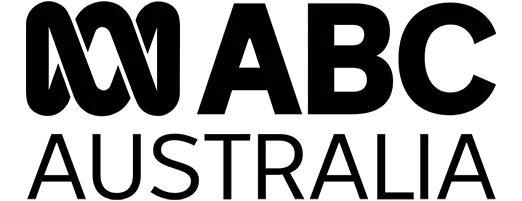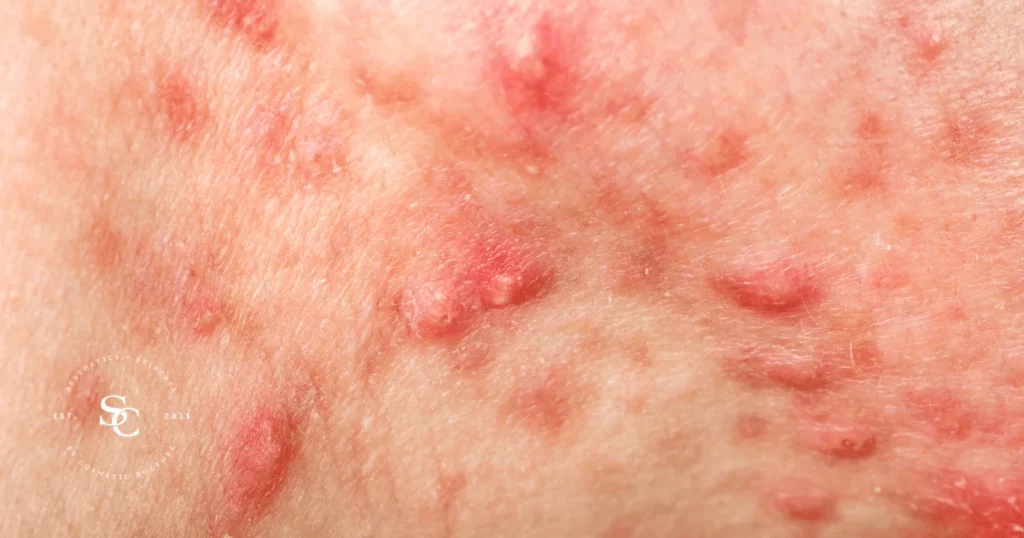Understanding Cystic Acne: An Overview
Cystic acne, a severe form of acne, is not only physically painful but can also lead to psychological distress and reduced self-esteem. Affecting approximately 12% of people worldwide, cystic acne is characterized by deep, pus-filled lesions that extend beneath the skin’s surface. These lesions can cause scarring, discoloration, and discomfort, often persisting into adulthood.
Identifying the Symptoms of Cystic Acne
Common symptoms of cystic acne include:
- Large, painful, pus-filled lesions on the face, chest, and back
- Redness and inflammation surrounding the lesions
- Swollen, tender skin
- Skin cysts, which can be hard or soft
- Nodules, deep lesions beneath the skin’s surface
- Possible scarring and discoloration after lesions heal
Causes and Risk Factors of Cystic Acne
Cystic acne is caused by a combination of factors, including:
- Overactive sebaceous glands producing excessive sebum
- Bacteria growth in the sebaceous glands
- Accumulation of dead skin cells and sebum in the hair follicles
- Hormonal changes, such as those during puberty or pregnancy
- Genetics, as cystic acne often runs in families
- Use of certain medications, like corticosteroids or anabolic steroids
- Stress, which can exacerbate symptoms
Different Types and Stages of Cystic Acne
Cystic acne can be classified into three grades of severity:
- Grade 1: Mild acne, with a few small inflammatory lesions
- Grade 2: Moderate acne, with more numerous and larger lesions
- Grade 3: Severe acne, characterized by deep, painful, and often interconnected lesions
Diagnosis: How Cystic Acne is Detected
Diagnosis of cystic acne is typically made through a physical examination by a healthcare professional. The healthcare provider will assess the appearance, location, and severity of the lesions. In some cases, additional tests, such as blood tests or skin biopsies, may be necessary to rule out other conditions.
Treatment Options for Cystic Acne
Treatment options for cystic acne vary depending on the severity of the condition and may include:
- Topical medications, such as retinoids, antibiotics, and benzoyl peroxide
- Oral medications, including antibiotics, retinoids, and hormonal therapy
- Laser therapy or other light-based treatments
- Chemical peels or microdermabrasion to reduce the appearance of scarring
- Intralesional injections, which involve injecting corticosteroids directly into the lesions
Prevention Strategies for Cystic Acne
While there is no guaranteed way to prevent cystic acne, certain lifestyle and skincare habits may help reduce the risk:
- Wash your face twice daily with a gentle cleanser.
- Use oil-free, non-comedogenic skincare products.
- Avoid touching your face or picking at blemishes.
- Change your pillowcase frequently to prevent the spread of bacteria.
- Manage stress levels through relaxation techniques.
- Maintain a healthy diet rich in fruits, vegetables, and whole grains.
Home Remedies and Self-Care for Cystic Acne
In addition to medical treatments, some home remedies and self-care practices may help manage cystic acne:
- Apply a warm compress to painful lesions to reduce inflammation.
- Use over-the-counter benzoyl peroxide or salicylic acid products.
- Try natural remedies like tea tree oil or witch hazel, which have antibacterial properties.
- Moisturize regularly to prevent dryness and irritation.
- Protect your skin from the sun with sunscreen to minimize scarring.
Impact of Cystic Acne on Daily Life
Cystic acne can significantly impact a person’s daily life and well-being:
- Physical discomfort and pain caused by the lesions
- Reduced self-esteem and confidence due to the appearance of the skin
- Embarrassment and anxiety in social situations
- Difficulty sleeping due to discomfort and pain
- Increased risk of depression and anxiety
Long-Term Management of Cystic Acne
Cystic acne is often a chronic condition requiring long-term management to prevent flare-ups and minimize the risk of scarring. Ongoing treatment and lifestyle modifications may be necessary to keep the condition under control. Regular follow-up appointments with a healthcare professional are essential to monitor progress and adjust treatment as needed.
Mental and Emotional Considerations for Cystic Acne
The psychological effects of cystic acne can be significant and should not be overlooked. The appearance of the skin can lead to feelings of shame, isolation, and low self-worth. Seeking support from friends, family, or mental health professionals can help manage the emotional impact of cystic acne. Support groups or online forums can also provide a sense of community and shared experiences.



















